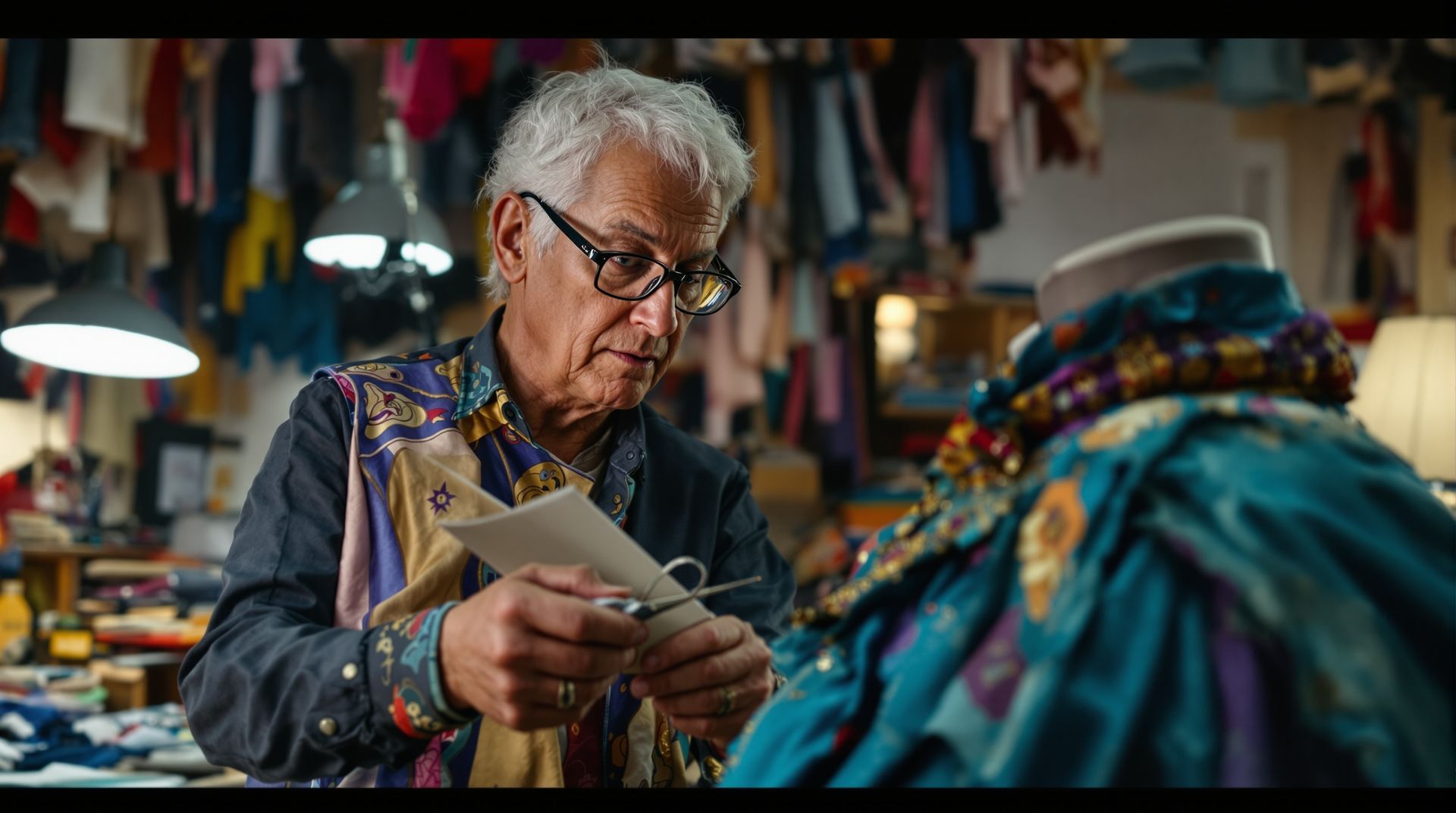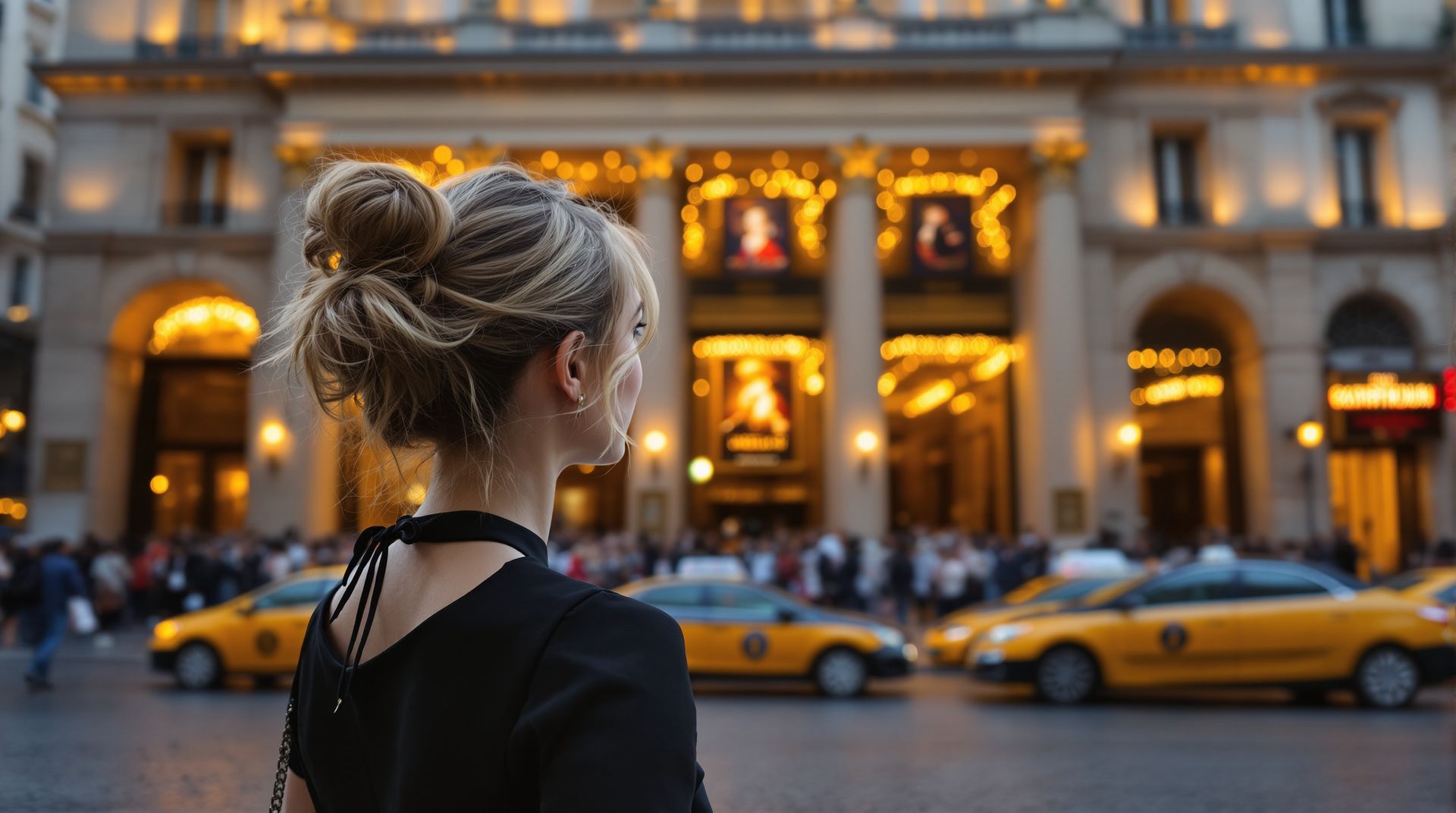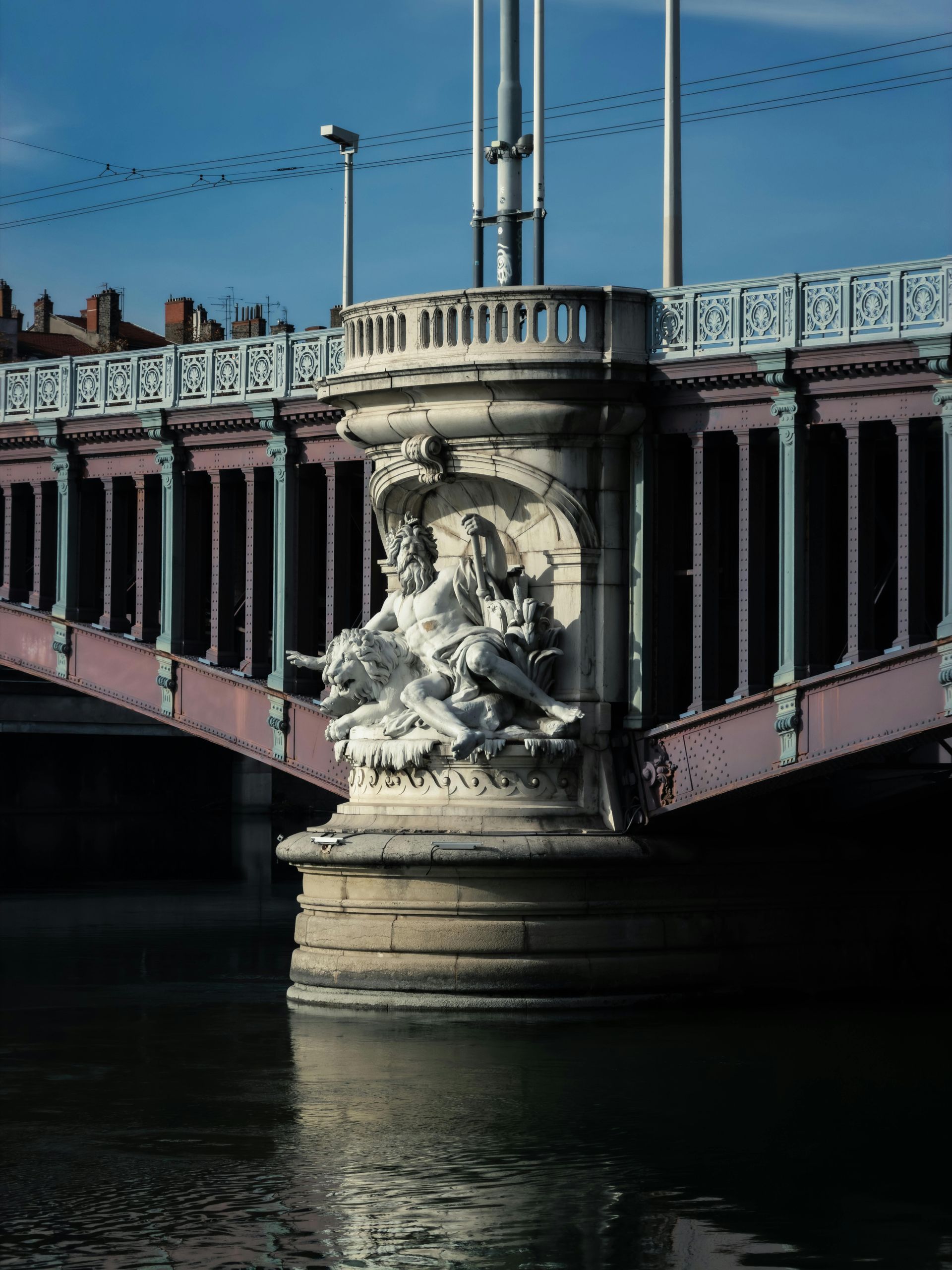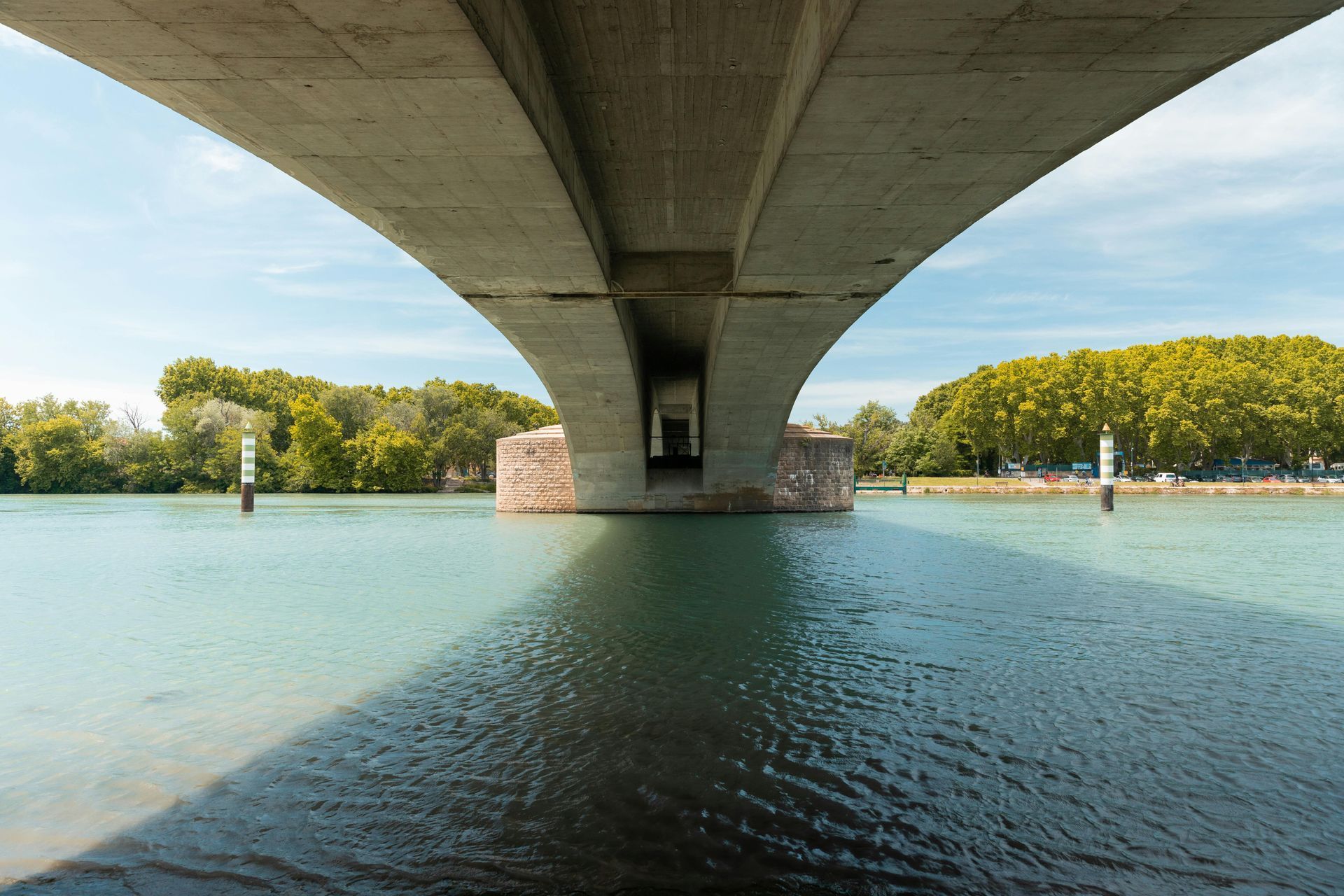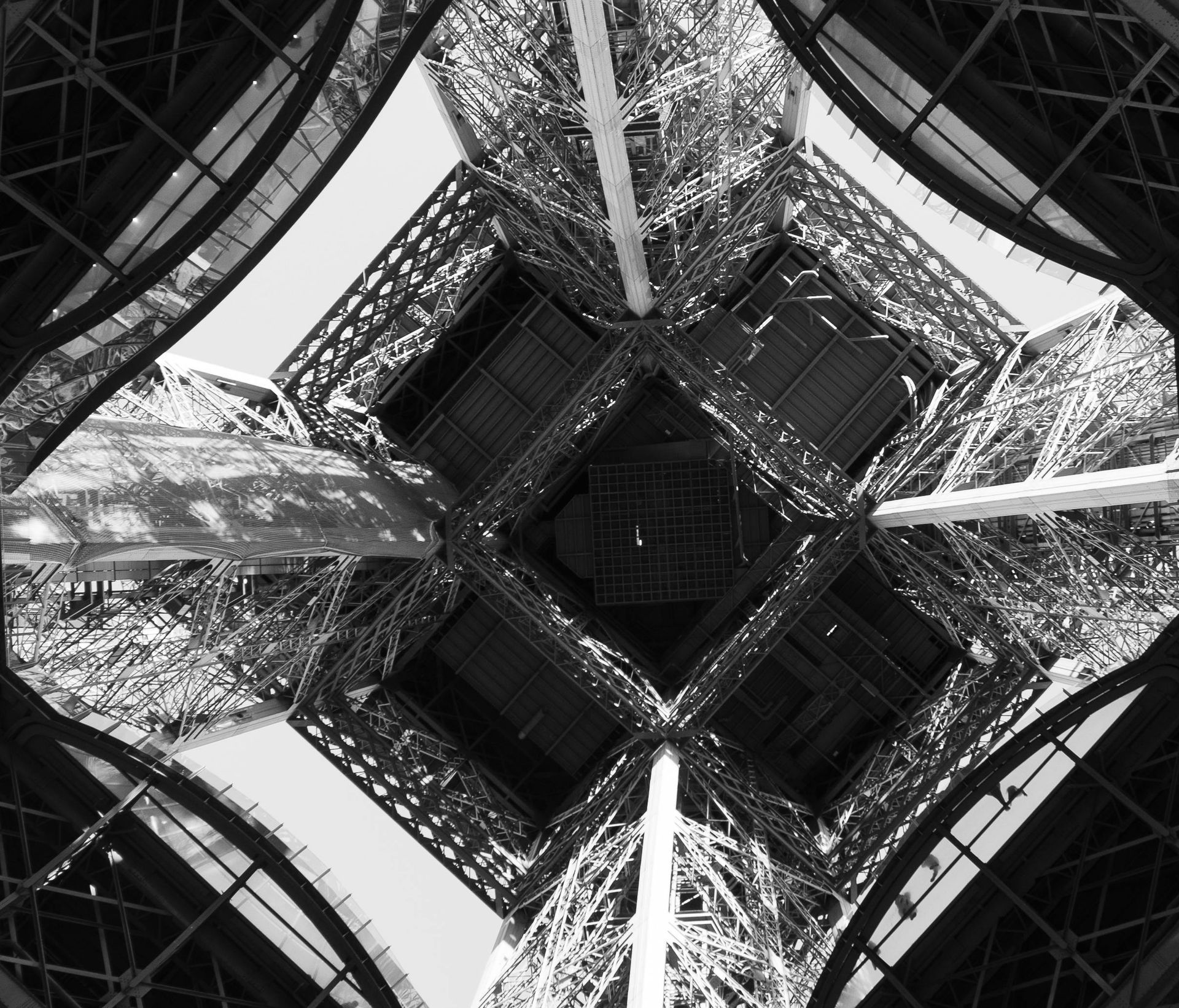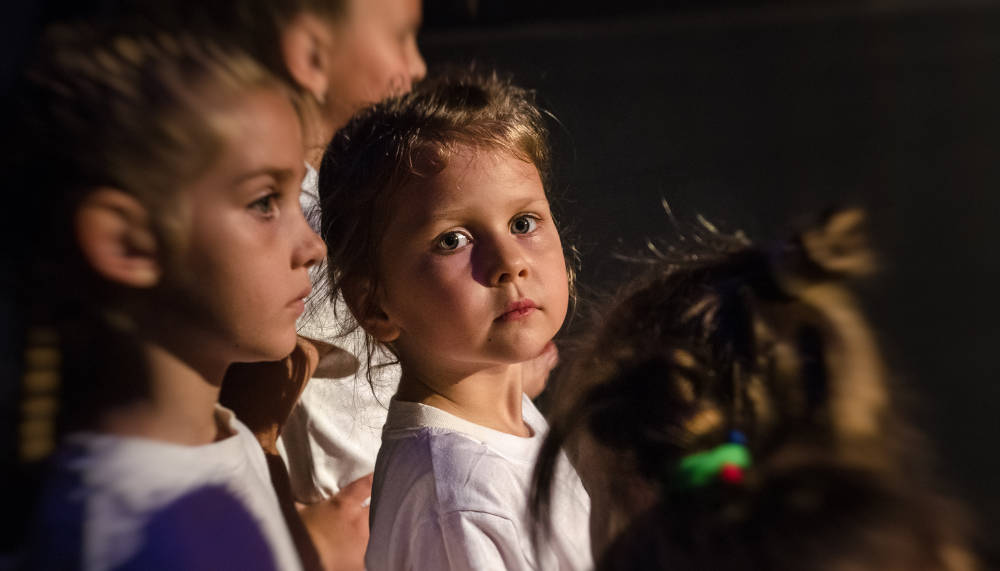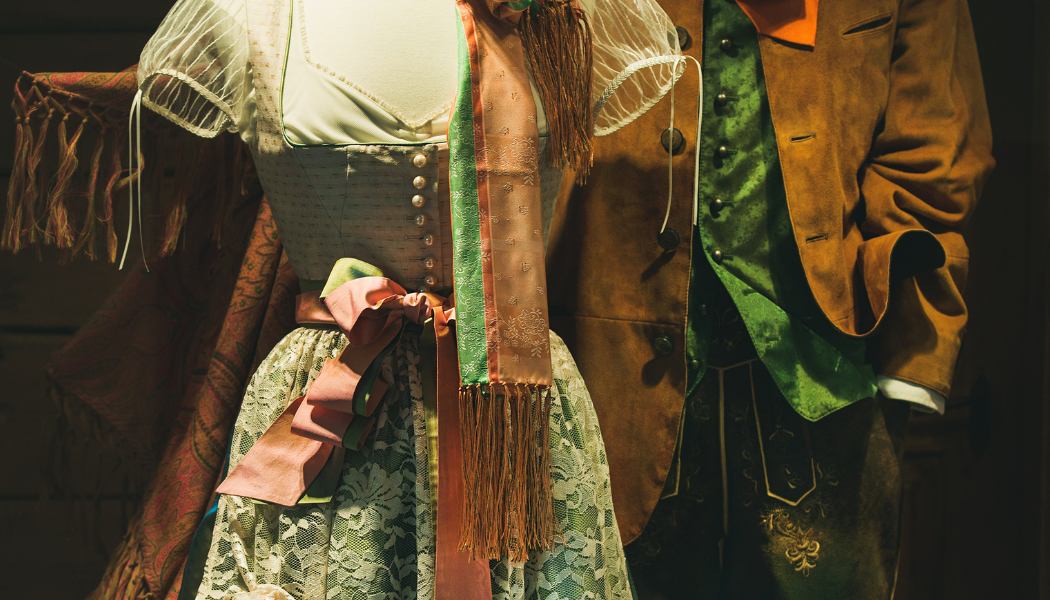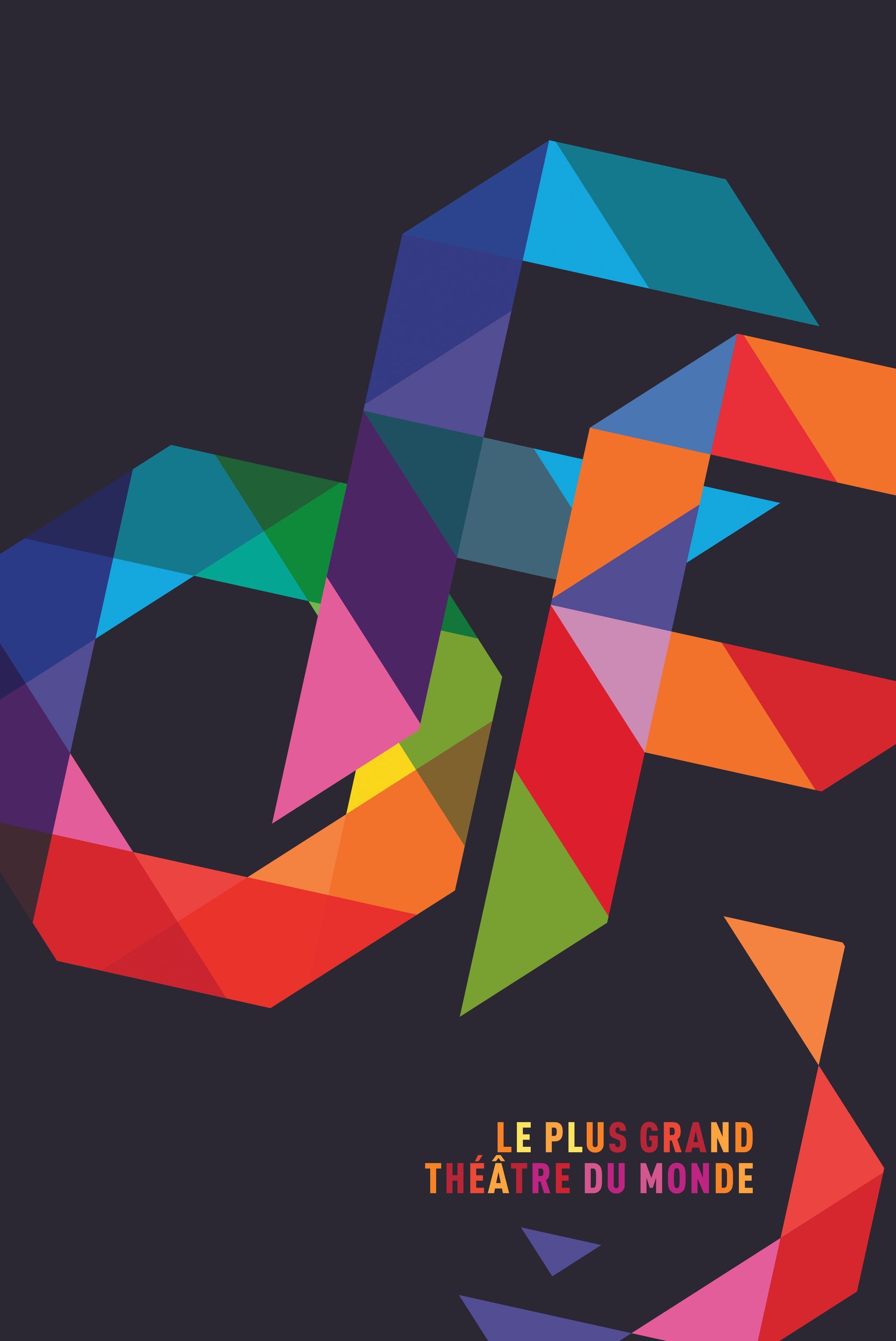What are the different types of shows?
Looking for a show to see or wondering what different forms of entertainment exist? The world of live performance includes more than a dozen major artistic families, each encompassing numerous genres and subgenres. In this article, we review the main categories of performance, from classical theater to new multimedia forms, to help you better navigate.
How many types of shows are there?
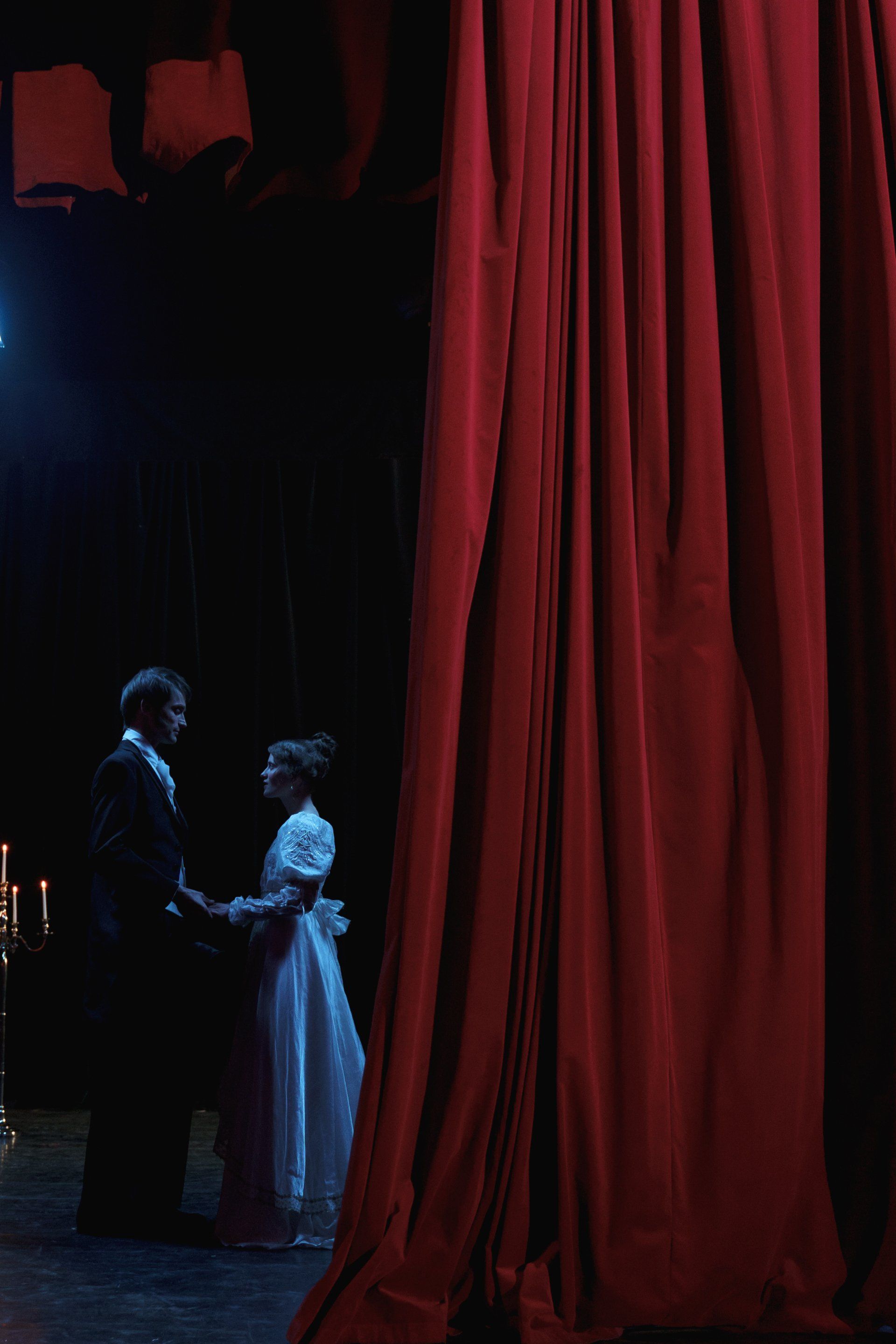
We can distinguish different major families of live performances, each grouping together numerous genres and sub-genres.
Here are the main categories you can find:
- Musical performances: classical concerts, jazz, rock, opera, musical comedy , recitals
- Theater: classical plays , contemporary theater, one-man shows, improvisation
- Dance: classical ballet, contemporary dance, urban dance, world dances
- Circus arts: traditional circus, contemporary circus, street performances
- Puppetry arts: puppet theater, object theater
- Comedy and cabaret shows: stand-up, variety shows, impersonators
- Magic and sleight of hand: close-up, grand illusions, mentalism
- Multimedia forms: performances combining video, sound and digital interaction
This classification is not fixed. Many shows blend several disciplines. For example, a musical combines theater, music, and dance. Contemporary circus often incorporates theatrical or musical elements.
Some categories are also broken down by target audience. Shows for young audiences draw on these same artistic families, but adapt them for children and families.
To better understand the richness of this diversity, it is useful to delve into the details of each major family and explore the genres that compose them.
The major families of shows and their genres
The world of live performance is divided into large families, each with its own codes and traditions. Theater takes us from Molière to contemporary creations, including musical theater and one-man shows. Music covers a vast territory: rock concerts, piano recitals, operas, variety shows, and electro festivals. Dance explores all styles, from classical ballet to hip-hop, tap dancing, and contemporary dance.
Circus arts combine acrobatics, juggling, and animal training with modern forms such as contemporary circus and new circus. Magic fascinates with its close-up tricks, grand illusions, and mentalism shows. Finally, comedy and cabaret combine stand-up comedy, sketches, café-theater , and spectacular revues. Each family offers a range of styles and subgenres that suit all tastes and desires.
The theater
Theatre remains the oldest and most diverse performing art form. Its three classical pillars continue to dominate programming: tragedy explores heroic destinies and fatal passions; comedy critiques society with humor; and modern drama blends laughter and tears to depict the human condition.
But theater goes far beyond these traditional genres. Musical theater combines text, song, and choreography to create complete shows. Improvisational theater emphasizes spontaneity and interaction with the audience. The theater of the absurd plays with codes to question our times, while politically engaged theater carries strong political or social messages.
There are also more specialized forms like vaudeville and its romantic misunderstandings, the one-man show that focuses on a single performer, or street theater that breaks free from traditional venues. This richness allows each spectator to find the style that suits them, from timeless classics to the most daring creations.
The music
Music is probably the largest single field in live performance. It encompasses a multitude of genres that appeal to all audiences: classical music with its symphony orchestras and intimate recitals, jazz with its improvisations, rock with its electrifying concerts, and world music that takes us on a journey.
The formats are just as varied. A concert can take place in a small 200-seat hall or in a stadium with 80,000 spectators. Festivals bring together several artists over several days, creating a truly collective experience. Opera combines music and lyric art in grandiose productions, while recitals showcase the virtuosity of a single performer.
Each musical style has its own technical codes. Classical music favors natural acoustics and requires little amplification. Conversely, amplified music requires sophisticated sound and lighting installations. This diversity allows every music lover to find their happiness, whether in the intimacy of a jazz quartet or the infectious energy of an electro festival.
The dance
Dance offers an impressive range of styles, from the most codified to the most free. Classical ballet remains the technical benchmark with its pointe shoes, tutus, and age-old rigor. In contrast, contemporary dance emphasizes personal expression and freedom of movement, often on the floor or in multidirectional projections.
Urban dances like hip-hop bring their street energy with breakdancing and its spectacular acrobatics, popping, and locking. Jazz blends African-American influences with modern musicality, while Latin dances (salsa, bachata, samba) seduce with their sensuality and catchy rhythms.
Each region of the world has developed its own traditions: Andalusian flamenco with its clapping and guitar, classical Indian dances with symbolic gestures, or folk dances that tell the story of peoples.
This diversity allows spectators to discover very different universes according to their tastes: from the elegance of Swan Lake to the energy of a breakdance battle, passing through the poetry of a contemporary creation.
The circus
The circus remains one of the most popular entertainments, especially among families. Today, this art form is available in several distinct styles.
The traditional circus retains its historical codes: a 13.5-meter round ring, varied acts with acrobats, clowns, and jugglers, and the famous ringmaster who introduces each performance. Long associated with trained animals, this type of circus is gradually evolving towards shows without animal husbandry for reasons of animal welfare.
The new circus, which emerged in the 1970s, focused on artistic innovation. It blended traditional disciplines with dance, theater, and new technologies. Shows became more narrative and staged, like those of Cirque du Soleil or 7 Doigts de la Main.
Circus arts encompass all disciplines: ground and aerial acrobatics, trapeze, aerial silks, Chinese pole, balancing, juggling, and clowning. These techniques are found in both traditional and contemporary performances, offering a vast creative palette for today's artists.
Magic and illusion
Magic and illusion form a unique performing art form that plays with our perception of reality. This discipline is divided into several distinct genres, each with its own codes.
Close-up magic is performed within inches of the audience. Card tricks, coin manipulation, and small object manipulation all require direct interaction and dexterity. In contrast, grand illusions focus on the spectacular with impressive visual effects, often accompanied by music and sophisticated lighting.
Mentalism explores a different territory. It simulates paranormal phenomena: mind reading, predictions, or psychological influences. This approach emphasizes the mental aspect over object manipulation.
Modern illusion shows often blend these genres. A magician might begin with close-up, move on to mentalism, and then finish with a grand illusion. This variety keeps the audience engaged and creates a dynamic rhythm.
Escapology, comic magic, and ventriloquism enrich this palette. Each style requires specific skills and years of practice to master the attention-deception techniques that make these performances so successful.
Humor and cabaret
Comedy occupies a central place in the world of live entertainment, with formats that have evolved with the times. Stand-up comedy focuses on direct interaction between the comedian and his audience. A single artist on stage, a microphone, and stories that hit the mark. The one-man show takes this logic further by offering a complete show centered around a single performer.
Improvisational theater adds an unpredictable dimension. The actors construct their sketches in real time, often based on suggestions from the audience. This spontaneity creates a unique connection with the audience.
Cabaret remains a genre in its own right. Born in Paris at the end of the 19th century, it combines song, dance, comedy, and burlesque acts in a convivial atmosphere. Audiences can usually drink and dine during the performance. The humor is often satirical, with a free-spirited tone that allows for social criticism.
These formats share a closeness to the audience that distinguishes them from other performing arts. They prioritize authenticity and spontaneity, creating unique moments in each performance.
Multimedia and interactive shows
Multimedia shows are revolutionizing the way we experience live art. These creations fuse traditional arts with the latest digital technologies.
Concretely, you can attend performances that combine video, sound, light, and even virtual reality. Video mapping transforms sets into living canvases. Holograms create striking illusions. Motion sensors allow performers to interact with virtual elements in real time.
But the real revolution is your role as a spectator. You no longer sit in your armchair and watch passively. These shows invite you to actively participate:
- Vote to influence the course of history
- Interact directly with the artists on stage
- Use your smartphone to trigger effects
- Wear a virtual reality headset to experience the action from the inside
- Manipulate touch screens that change the show
This participation transforms each performance into a unique experience. Cirque du Soleil now incorporates these technologies into its acts. Coldplay concerts use synchronized light-up bracelets worn by all spectators. Some theaters offer performances where your choices determine the ending of the story.
These shows require multidisciplinary teams. Artists, developers, sound designers, and computer scientists work together. The result? Worlds impossible to create otherwise and a total immersion that engages all your senses.
You find them in innovative theaters, digital festivals, contemporary art museums or even in public spaces during events like the Lyon Festival of Lights .
